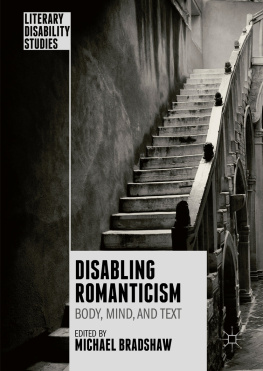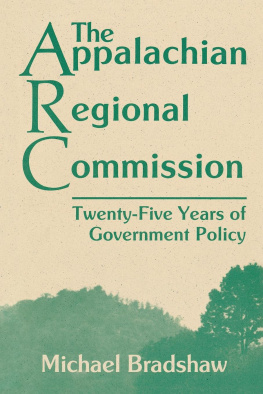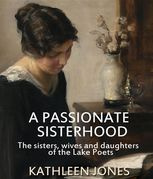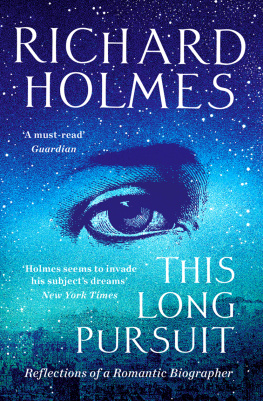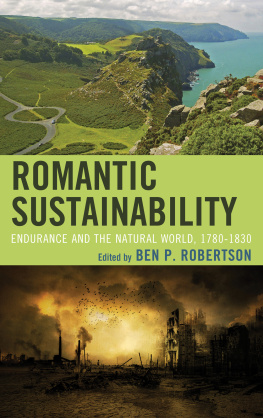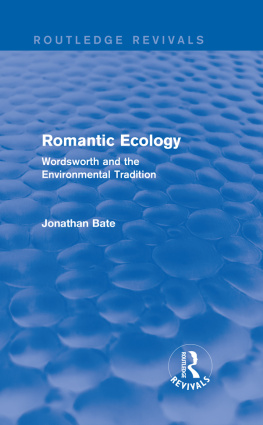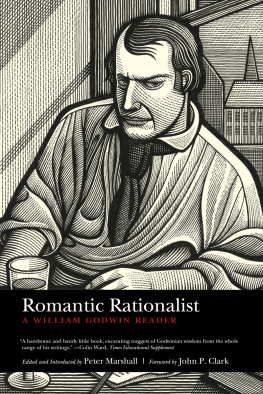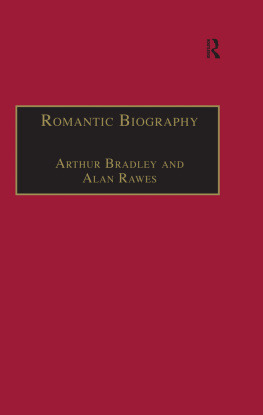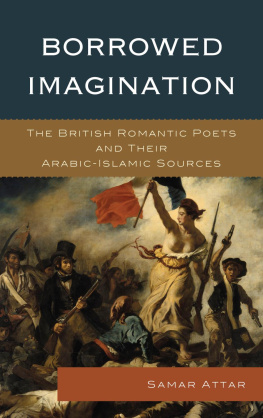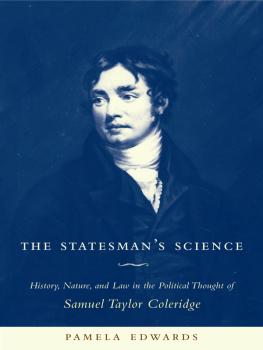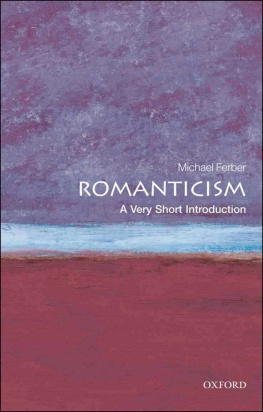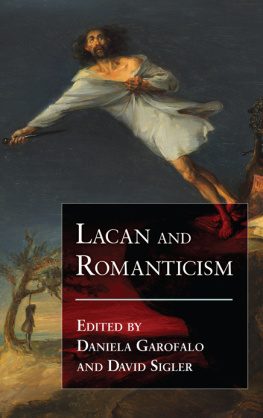1. Introduction
Disabling Romanticism
Disabling Romanticism is the first collection of essays on the Romantic period to foreground the complex theme of disability. Our title suggests not only that Romantic studies should be revisited in the light of contemporary disability awareness, but also that dominant critical practices associated with Romantic studies continue to marginalise and disable the different in body and mind. Disabling Romanticism will involve interrogating certain traditions of interpretation which have accumulated around Romantic texts and authors, countering normative discourses by promoting difference, and revealing the ideologies that support able-bodied and able-minded privilege. The self-reflexive quality of much Romantic literature is conducive to symbolic appropriation; it will be the work of an approach informed by critical disability studies to question, challenge, deactivate, and reactivate some of these readings by bringing them into contact with historical lived experience and with the histories and evolution of concepts of disability. A disabling of a Romantic text is a new reading, but can also be a form of un-reading. This is not to dismiss other approaches, but to argue for the integration of the disability studies perspective with them.
Disability studies is closely allied to the more general project of historicist scholarship, which rereads cultural texts in order to challenge assenting and complicit interpretations, attends to suppressed or marginalised voices, and identifies agency in the way they dissent from hegemonic narratives. The discipline has for some time exposed the inadequacies of traditional critical approaches to literary representations of the bodies and minds of people with disabilities, but to date there has been no inclusive assessment of how this growing field might affect our understanding of the Romantic world, its writing, its culture, and its thought. Romanticism as an ideological and aesthetic category is particularly promising for such a re-reading, since it encompasses a range of unresolved contradictions on the nature of the subject: it mythologises the liberation of the creative individual and thus celebrates difference, and yet also witnesses to the experience of oppression and of enforced conformity. Writers of the Romantic era show a strong interest in tracing the grievances and triumphs of the disenfranchised, exiled and marginalised, in rejecting idealised and perfected imitations of nature, and in exploring the multiplicity of meanings of the human body and of alternative cognitive and mental states. The period coincides with rapid changes in the medical and natural sciences, with the professionalisation and rising power of doctors, with the increasing institutionalisation of people with disabilities, and the emergence of new conceptions of the relationship between the individual and the state. The Romantic era sees the beginning of the development of the concept of disability, from a word that previously signalled either any kind of incapacity in a person or a thing or the impairment of someone who was discharged from the armed services, to the modern concept that describes the medically verifiable impairments of a heterogeneous range of people.
While the latter definition remains popular, a theorised account of disability questions assumptions about the authority and cultural neutrality of the diagnoses, scientific discourses, and norms on which the medical model is based. Disability studies challenges the assumption that disability derives solely from an individuals impairments, suggesting instead that it derives from a combination of the impairment and the social and physical context of a person. Scholars who use this critical framework begin with an assumption that abilities and aesthetic differences should not determine whether one is included in or excluded from a society; they acknowledge that attitudes towards bodily and mental difference are culturally and historically contingent; they do not assume that the disabled body is in need of cure or rehabilitation, or that the medical assessment of a person is the primary way in which she/he should be defined, or that a disability is inevitably a negative thing. Disability studies challenges the range of assumptions that promote social and cultural preferences for physical strength, mental and physical agility, and aesthetic norms and ideals for bodies. Disability studies critics are sensitive to ideologies of normality and illusions of independence, acknowledging that people are dependent, that they are temporarily able-bodied; people enter into more diverse ability experiences as they grow older, undergoing variation throughout a life-cycle. A disability studies approach to (Romantic) literature re-reads cultural texts in order to challenge disabling ideologies (ableism), attends to suppressed or marginalised voices, and identifies agency through dissent. As Lennard J. Davis writes, Since we can no longer essentialize the body, we can no longer essentialize its differences, its eccentricities, its transgressions ( Disability Studies Reader xviii).
Disabling Romanticism aims to develop this general discussion of cultural change, and apply it to the detail of literary Romanticism. This volume gathers together the work of an international team of scholars who are currently active in this intersected field, to promote further research and discussion. It will examine disability in the lives and work of Romantic writers, seeking to demonstrate meaningful connections between concepts of disability, including both bodily and mental differences, and that which makes Romantic texts distinctively Romantic. The collection investigates the following themes, among others: the ethics of representation; readers and reading; genre and normativity; discourses of wholeness; aesthetics and deformity; sensory impairments; cognitive and neuro-difference; mobility and environment; impediments and therapies of speech. It includes a number of critical methodologies, with some authors addressing biographical material, and others concerning themselves mainly with the recontextualisation and analysis of texts. The re-evaluation of author biographies with a disability studies focus explores themes of agency, resistance, and self-fashioning in the lived experience of writers who identify as disabled. New critical interpretations of texts challenge or displace the received readings of the critical heritage, especially those which aestheticise impairment, and/or make it the vehicle for symbolic meanings for an assumed non-disabled reader. The collection is broad and inclusive in style. It includes both committed disability studies approaches which resist or challenge a heritage of traditional symbolic readings in favour of a theorised sense of the disability experience, and other essays that embrace metaphorical interpretation but avoid the traditional kind of symbolic appropriation which reduces the significance of a disabled body to an imposed intellectual meaning. As well as identifying and analysing negative imagery where appropriate, the collection aims to further critical understanding of the positive images and voices of the disabled in Romantic texts, and identify some of the imaginative strategies which assert or restore agency. We hope this volume will stimulate the teaching of Romanticism as well as its professional scholarship, leading critical change on familiar landmark texts, recovering neglected writings, and demonstrating the ongoing diversification of the Romantic canon.

